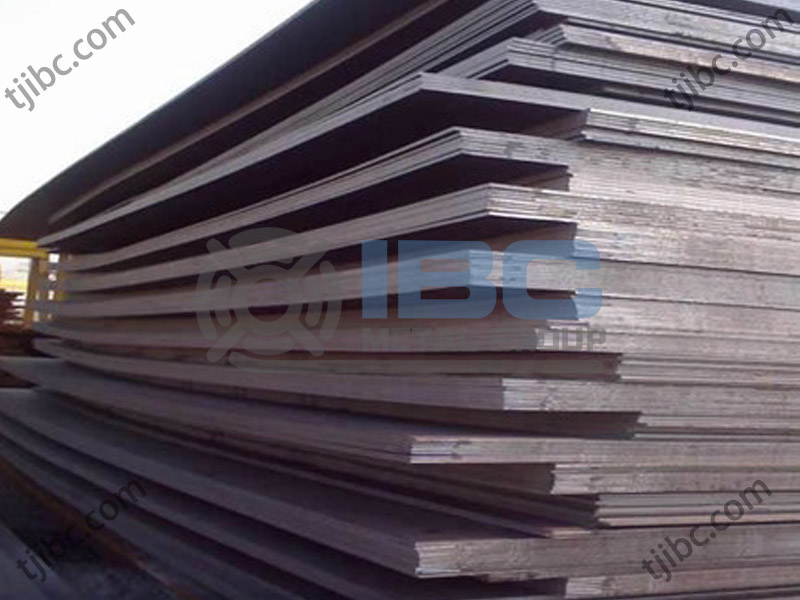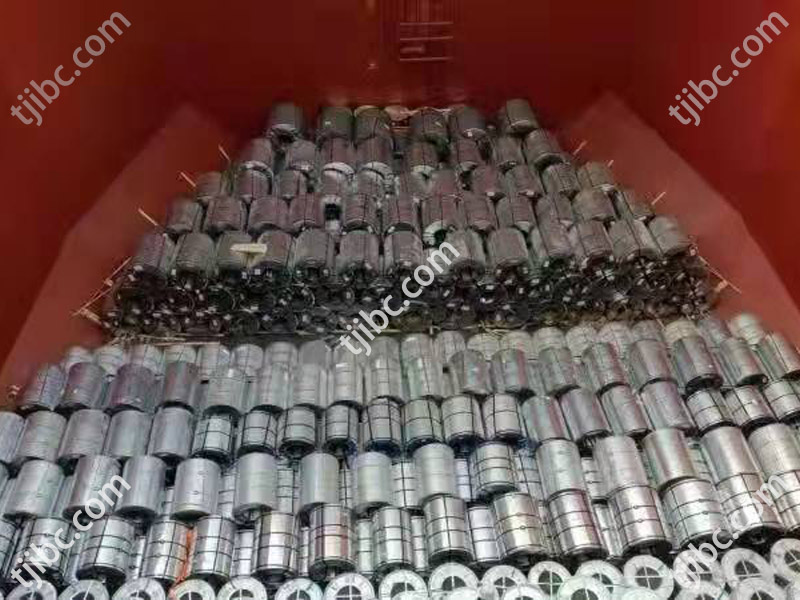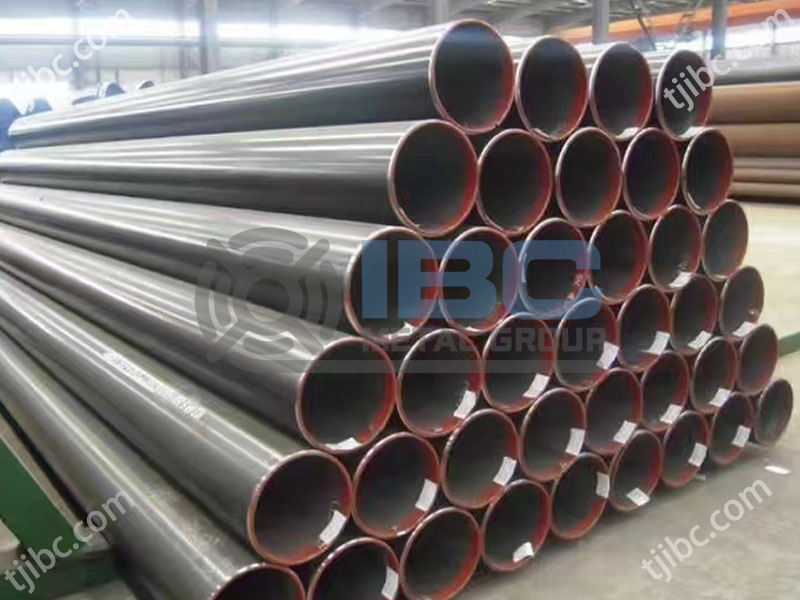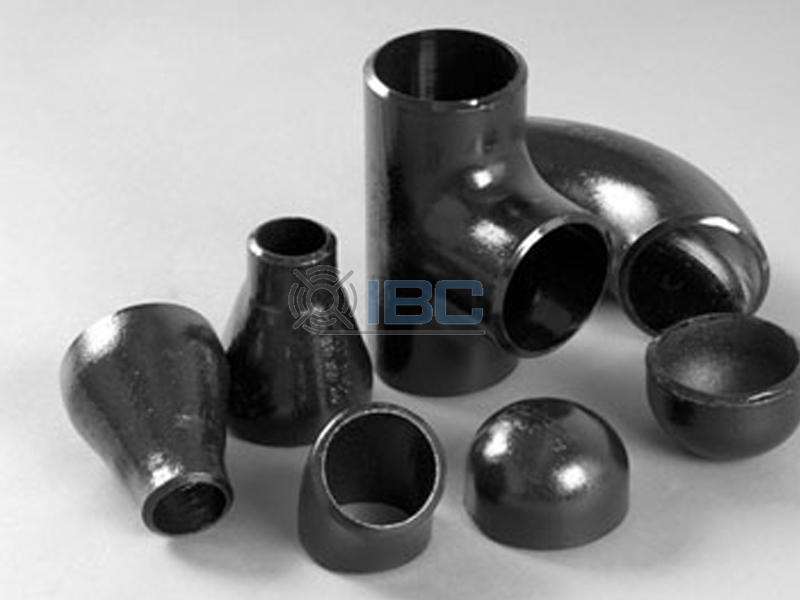Classification
1. Pressure Vessel Steel Plate Sort by chemical composition
Carbon steel plate: the main detection of carbon, silicon, manganese, phosphorus, sulfur content, carbon is the main factor to determine the strength of the steel plate, with the increase of carbon content increases. The carbon content of carbon steel plate is between 0.16% and 0.33%, the silicon content is 0.10% to 0.55%, and the manganese content is 0.4% to 1.6%.
Alloy steel plate: including low alloy steel and high alloy steel. Low alloy steel such as 15MnVN, 14CrMnMoVB, 18MnMoNb, etc., the main alloying element content is relatively low. High alloy steel refers to alloy steel whose alloy element mass fraction exceeds 10% or whose individual alloy element mass fraction exceeds 5%. It is mainly used in special environments such as corrosion resistance, low temperature or high temperature environment. Such as chromium stainless steel, chromium nickel stainless steel, chromium manganese nitrogen stainless steel and so on.
2. Categorize by use environment
High temperature steel plate: can work stably in high temperature environment, such as heat-resistant steel.
Medium temperature steel plate: can work normally in a medium temperature environment.
Low temperature steel plate: such as 06MnNb, 20Ni410Ni9, etc., can be used in an environment below -20℃.
Corrosion-resistant steel plate: it can maintain stability in corrosive media and resist corrosion, such as acid-resistant steel.
Operation of Pressure Vessel Steel Plate
1. Material preparation: Select the appropriate pressure vessel steel plate according to the design requirements of the vessel. These plates meet specific chemical composition, mechanical properties and dimensional tolerances. Prepare necessary auxiliary materials, such as welding materials, gases, fixtures, etc.
2. Cutting processing: According to the design drawings, the cutting machine is used to cut the steel plate. This includes straight cutting, curve cutting, etc. Workers need to ensure that the cutting dimensions are accurate, the surface is flat. And material waste is minimized.
3. Molding processing: For the step of bending the steel plate, the worker will use the plate rolling machine or the press to perform the pre-bending forming operation. In the pre-bending and forming process, pay attention to control the deformation and rebound of the steel plate to ensure that the final size and shape meet the requirements.
4. Welding assembly: After welding and assembling the steel plate, the worker will cut and form it. And then you have the overall structure of the pressure vessel. Select the appropriate welding process and welding materials to ensure stable and reliable welding quality. In addition, workers should conduct non-destructive testing of welded joints. This ensures that there are no cracks, pores and other defects.
5. Heat treatment: Heat treatment of the pressure vessel after welding to eliminate welding stress and improve the mechanical properties of the material. According to the material type and design requirements, the worker chooses the appropriate heat treatment method and parameters.
6. Test and acceptance:
Carry out comprehensive inspection of the manufactured container, including appearance inspection, size measurement, material performance testing, etc. Ensure that pressure vessels comply with design requirements and relevant standards. In addition, it should also ensure its safety and reliability.
Maintenance of Pressure Vessel Steel Plate
1. Daily check-ups
Appearance inspection: Regularly check the appearance of the pressure vessel steel plate to see if there are obvious deformation, cracks, rust and other phenomena. In particular, the welding area, the Angle and the parts that are vulnerable to external impact should be paid attention to.
Corrosion inspection: Check whether there is corrosion on the surface of the steel plate, especially the part in contact with the medium. The corrosion points found should be treated in time to prevent further expansion of corrosion.
2. Anti-corrosion treatment
Spraying anti-corrosion coating: Spraying anti-corrosion coating on the surface of the steel plate to improve the corrosion resistance of the steel plate. The choice of coating should be comprehensively considered according to the nature of the medium, temperature, pressure and other factors.
Replace the anti-corrosion coating regularly: Over time, the anti-corrosion coating may wear off. Therefore, workers should check the coating regularly. When they find that the coating is damaged, it should be repaired or replaced in time.
3. Cleaning and maintenance
Regular cleaning: Regular cleaning of the steel plate to remove surface dirt and impurities. When cleaning, appropriate cleaning agents and methods should be used to avoid damage to the steel plate.
Keep dry: Steel plates are prone to rust in humid environments. Therefore, it is necessary to keep the surface of the steel plate dry to avoid water retention.

Contact with us today!



